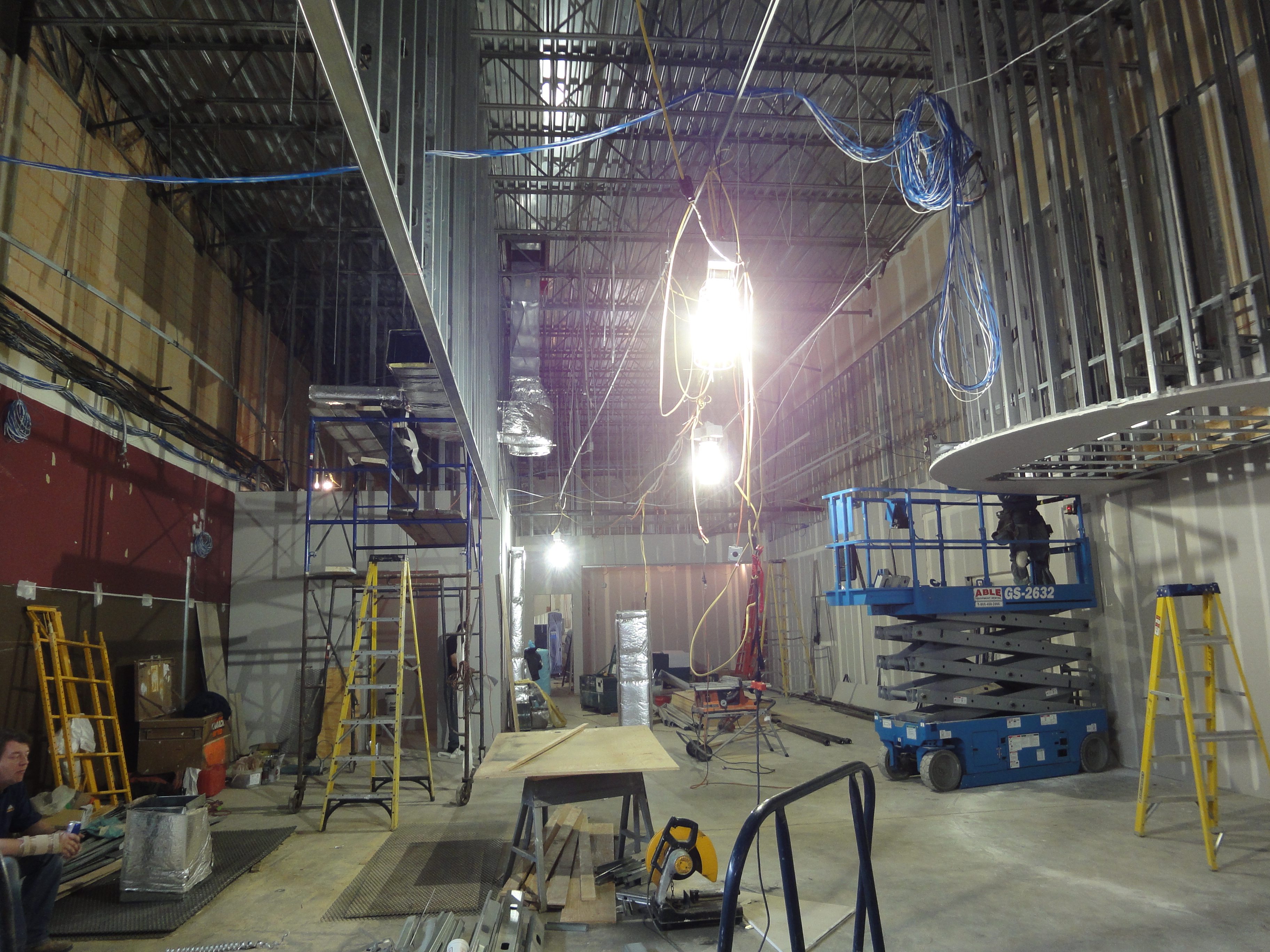The Nelson A. Rockefeller Institute of Government has done a fantastic study to look at the true impact of Labor Law 240 – more familiarly known as the Scaffold Law. You can read the study here, but just in case you don’t have time to go through all 89 pages right now, we’ve pulled out some highlights for you.
 |
New York State is the ONLY state to impose an absolute liability standard on gravity-related construction accidents.
No other state has this law. That’s not all. Not only is New York uniquely burdened when compared to the rest of the country, we’re uniquely burdened compared to the world. There is no similar legislation anywhere on the planet that compares to Labor Law 240. Only in New York can a community or private builder be held fully responsible for any gravity related injury, even if the worker failed to use provided safety equipment or had no reason whatsoever to be on the job site. Our law makes New York State the least attractive building environment on Earth. |
The Scaffold Law is a proven disincentive to investing in construction site safety.
Under the current law, no amount of safety equipment, training, or workplace controls will reduce the liability builders are subject to. This has had the impact of a reduced investment in construction site safety: the opposite of what the law’s creators ever intended. In locations where the law has been repealed, there has been a documented increased investment in worker safety, and the rate of gravity-related accidents has dropped off significantly. |
 |
 |
Labor Law 240 makes construction more dangerous.
A scientific, objective analysis of the impact of absolute liability for gravity-related injuries has revealed that having this law in place actually increased the number of falls that result in injury or death by a rate of 5.5 per thousand. Construction workers – the people who the law was intended to protect – are not safer as a result of the Scaffold Law. |
The risk management costs of Labor Law 240 far exceed the amount paid to any worker who has been injured in a gravity-related construction accident.
The majority of the costs associated with the Scaffold Law are due to the extremely high cost of obtaining insurance in an absolute liability, as well as litigation costs. These costs are paid with tax dollars, on public works projects such as schools and infrastructure, or by the property owner on private projects. Injured workers are not the primary benefits of the Scaffold Law: insurance companies and lawyers are. |
 |
 |
As much as double the insurance cost of public works construction projects can be directly attributed to the Scaffold Law.
The community that votes for a $2 million dollar school facility often doesn’t understand that they’re paying nearly a million dollars of that money for protection against the absolute liability imposed by Labor Law 240. This cost inflation significantly devalues the investment New Yorkers are making in their communities and their future. |
The money being wasted on the Scaffold Law could be spent to create 12,000 jobs, boosting New York State’s economy by over $150 million.
The Nelson A. Rockerfeller Institute of Government has found that a shift of the resources currently allocated to protecting public and private construction industry from the absolute liability standard of Labor Law 240 to repairing the state’s crumbling infrastructure would bring much needed jobs to every corner of the state. The subsequent impact of improved roadways, bridges, and other infrastructure has positive financial consequences for every industry and community. |
 |
 |
The Scaffold Law robs New Yorkers of choices when it comes to insuring construction projects.
The absolute liability standard imposed by Labor Law 240 has led to a massive withdrawal of underwriting companies from our state. Limited choices in the insurance market inevitably lead to higher premiums. By removing the absolute liability standard, the underwriters could return, making the insurance market more competitive and lowering the prices the public needs to pay for public works projects. |
The Scaffold Law can be changed.
The Rockerfeller study shares, in some detail, the positive impact of overturning laws similar in nature to NY’s Labor Law 240 has had in other states. We have the power to effect those type of changes here, making New York more attractive to business investment while generating much needed jobs. We can not afford to let this law stand. It’s bad for our communities, bad for our industry, and bad for our future. |
 |
We Can Make NY A Great Place to Build!

The Scaffold Law hurts all New Yorkers:
builders, construction workers, and taxpayers.
We urge you to join Talisen Construction Corporation in building NY’s Best Possible Tomorrow Today
by overturning Labor Law 240.









